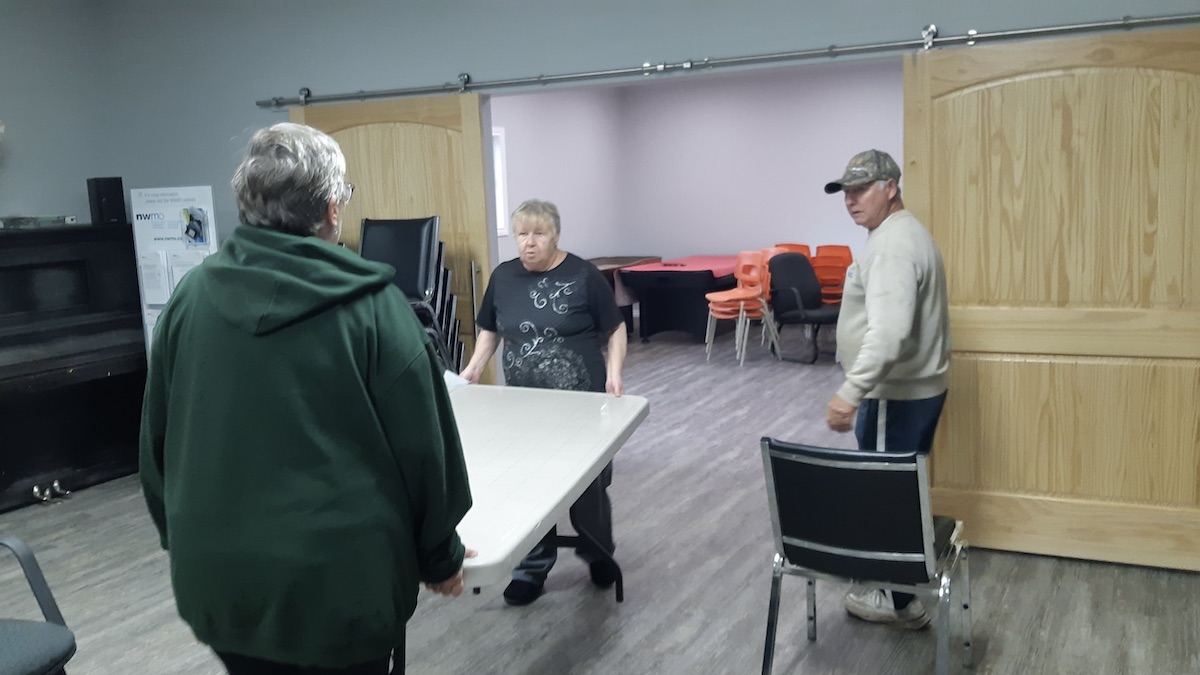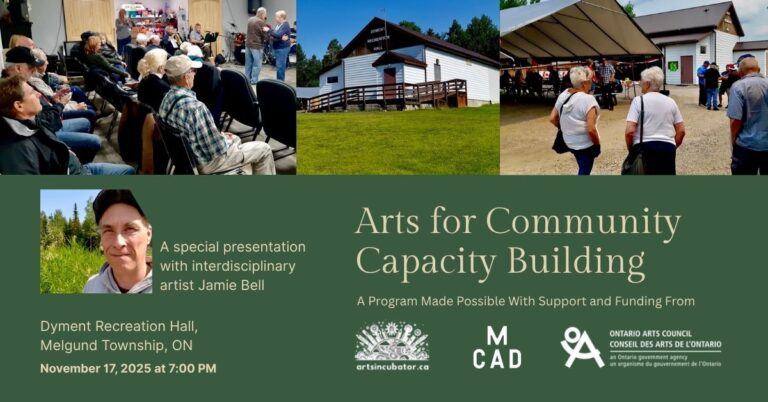
Nonprofit Governance 101: What Staff and Volunteers Do
Building on our last piece about the important role of boards in steering an organization, this week we’re moving to the heart of the action. While boards provide the high-level vision, it’s the dedicated work of staff and volunteers that brings that vision to life. From organizing the art show to running workshops, these are the people who are on the ground, making things happen every single day.
Understanding their essential contributions is key to building a healthy, balanced, and sustainable arts organization, especially in a region as unique and challenging as Northern and Northwestern Ontario.
What do volunteers and staff do?
In our last article, we discussed how a nonprofit arts organization, where the board provides the high-level governance and vision, but it’s the staff and volunteers who are the hands and feet on the ground. This on-the-ground team is the engine of daily operations, responsible for transforming the board’s big-picture plans into real-life experiences for the community. In Northern and Northwestern Ontario, where small nonprofits are often the heart of the Ontario arts community, this direct, hands-on work is absolutely essential.
Staff and volunteers are directly involved in every step of a project. They are the ones setting up the exhibition, greeting guests at the door, teaching a workshop, or running the social media accounts. While a board might decide to launch a new program for emerging artists, it’s the staff and volunteers who will recruit, mentor, and support those artists in practice. In many arts collectives, where people often wear multiple hats, this flexibility and dedication are the lifeblood of the organization. Their work isn’t just about completing tasks; it’s about building and nurturing the relationships that make the arts sector strong and vibrant.
Building a healthy and resilient organization means investing in the development of staff and volunteers. It’s not enough to simply ask for their time and effort; we must provide opportunities for them to grow, especially as artists. This could be as simple as offering mentorship, providing access to skill-building workshops—like those on project management or marketing—or creating clear pathways for them to take on leadership roles. By doing so, we not only improve our nonprofit capacitybut also empower individuals to build their own skills, ensuring the future of the arts sector in Northwestern Ontarioremains in the hands of the very people who do the work every day.
The Engine of the Arts: Staff and Volunteer Roles
Imagine the opening night of an event or exhibition. The room is buzzing, the artwork is ready, and guests are arriving. Someone’s arranging the food table, someone else is greeting visitors at the door, and a volunteer is adjusting the lights. This is the world of staff and volunteers: immediate, hands-on, and directly connected to the audience.
Staff and volunteers are the engine of daily operations. They run programs, manage schedules, and keep things moving. While the board approves the budget months earlier, staff are the ones actually ordering supplies, coordinating with artists, and making sure every detail comes together. Without this work, even the best plans would never reach the community.
In arts collectives and small nonprofits, staff and volunteers often wear many hats. One person might be both the communications lead and the stage manager. Another might be coordinating the event while also performing in it. This flexibility is often necessary, but it also highlights why clear roles between staff and board are so important. In Northern Ontario, where professional arts administrators are scarce, this hands-on work is often the lifeblood of the Ontario arts community.
Unlike boards, staff and volunteers are immersed in the daily heartbeat of the work. They’re the ones who problem-solve in the moment—whether that means running to buy tape ten minutes before opening, or adjusting programming when a performer cancels. They’re closest to the ground and, often, closest to the community. This intimate, direct connection is crucial for organizations in Northern and Northwestern Ontario to remain responsive and relevant to local needs.
The work of staff and volunteers is essential because it transforms big-picture ideas into lived experiences. The board may decide that emerging artists are a priority, but it’s staff and volunteers who recruit, mentor, and support those artists in practice. The magic of collective work happens here—in the details, the sweat, and the daily commitment that makes the vision real.
Making it Happen: The Essential Role of Daily Work
The distinction between governance and daily operations isn’t about importance; it’s about focus. The board’s role is to ensure the ship is seaworthy and on course, while staff and volunteers are the crew who make the journey possible, day by day. In Northwestern Ontario, where a single person might be the artist, coordinator, and volunteer all at once, understanding and valuing this hands-on work is key to building sustainable nonprofit and arts sector capacity. By recognizing and celebrating the roles of both the board and the on-the-ground team, we can create a healthy, productive arts sector that truly serves its community.
Discussion Questions
- How can we better support and recognize our volunteers and staff members who are often at the front lines of our work?
- What are some ways we can make the roles of staff and volunteers clearer within our organization to avoid burnout and confusion?
- Given the realities of northern arts environments, what strategies can we use to attract and retain dedicated volunteers, especially youth and retirees?
- How does the hands-on work of staff and volunteers directly inform the board’s strategic decisions?
- What is one thing our collective could do this week to improve our daily operations?
About this year’s Program
The 2025 Melgund Township Spring and Summer Arts Incubator is a transformative professional development series for artists and arts professionals across Northern Ontario. We’re here to tackle the real barriers that keep local creators from thriving in their own communities, from geographic isolation to limited funding. Our workshops and seminars are all about giving people the skills they need for creative self-determination—things like governance, project management, and strategic planning. By putting our northern artists in the driver’s seat, we’re working to build a strong, lasting Ontario arts economy right here at home. This isn’t just a program; it’s a movement to ensure our talented creators don’t have to leave the North to succeed. Each week, we explore a different topic related to the northern arts and capacity building.
This connection-building is a core part of what we do. Our focus is on blending traditional knowledge with contemporary digital arts to help artists not only make a living but also committing to building capacity for arts and culture programming. We’re diving deep into projects that explore the history of syllabic writing and the legacy of local mine sites. By working closely with local artists and leaders, we’re building a truly community-driven multi and inter-artssector in Northwestern Ontario that reflects the rich, diverse voices of our region.
A special thanks to the Ontario Arts Council Multi and Inter-Arts Projects program for supporting our program this summer.





